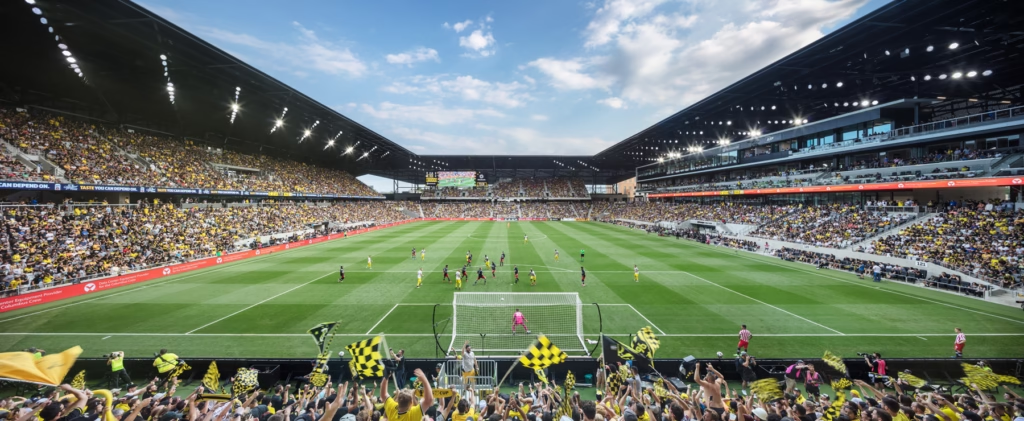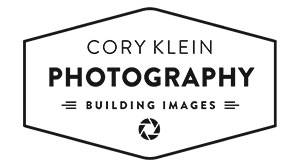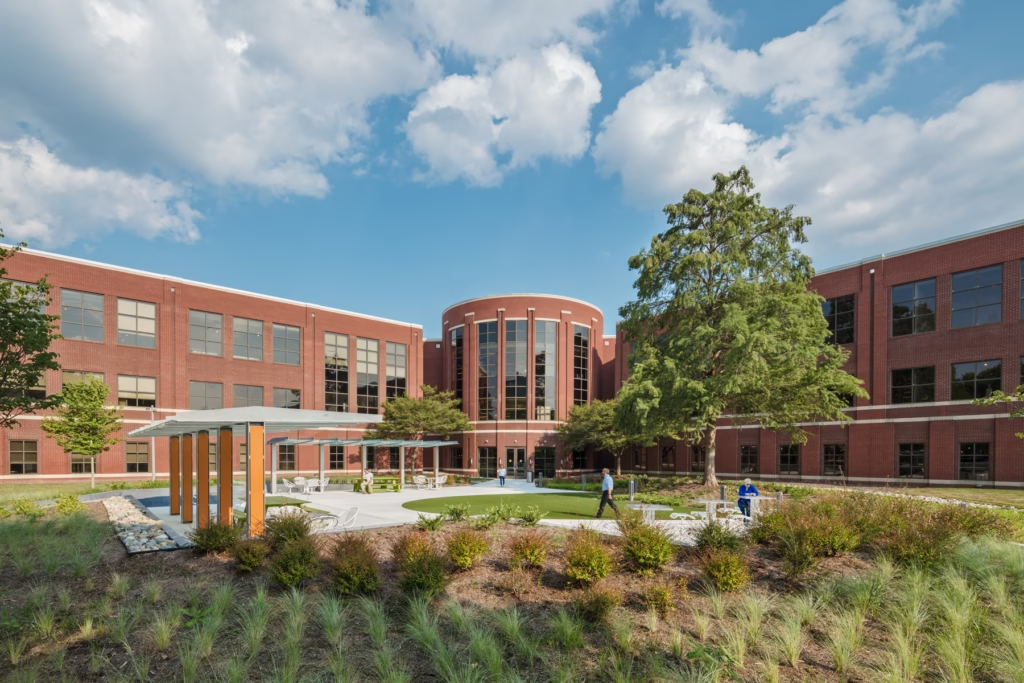Architectural Photography That Wins Clients — Professional Images Designed to Convert
Architectural photography aimed at client acquisition uses purposeful, high-quality imagery to influence decisions, generate leads, and convert prospects into paying clients. This guide explains how thoughtfully made photos communicate design intent, material quality, and scale in ways words cannot. You’ll find why images work in marketing, which specialized services commercial clients request, how drone imagery expands the narrative, why fine art prints matter in commercial interiors, the step-by-step production workflow, and how testimonials and case studies demonstrate real impact. Many firms struggle to stand out in proposals and online; clear visuals and consistent branding reduce uncertainty and speed decisions. Throughout, we offer practical recommendations, service comparisons, tables, and concrete process steps for architects, interior designers, developers, and marketing managers who use architectural photography to elevate portfolios and win projects.
How Does Architectural Photography Help Win Clients?
Professional architectural photography helps win clients by turning built intent into clear visual stories that reduce buyer uncertainty, increase perceived value, and boost engagement across channels. High-resolution, well-composed images remove ambiguity about materials, scale, and spatial relationships—strengthening credibility and shortening sales cycles during proposals and selection. Image-led content on websites and social media consistently drives higher interaction, and a cohesive photographic style reinforces brand recognition that attracts the right clients. The effect comes from three practical mechanisms: credibility amplification, narrative clarity, and distribution efficiency—each converting visual interest into real inquiries. In short: strong photography attracts and converts clients for commissioned work and supports fine art print sales.
With that grounding, here are the concrete benefits firms can expect when they invest in professional architectural visuals.
What Makes Professional Architectural Photography Essential for Client Conversion?
Professional architectural photography matters because it signals competence, documents craftsmanship, and builds a visual case clients can read instantly. Proposals and portfolios with accurate, detailed images—true color, clear scale, and context shots—answer client questions before they’re asked and reduce perceived risk during RFP reviews, presentations, and stakeholder approvals. A deliberate sequence of interior, exterior, and aerial views demonstrates both design intent and execution, and often speeds approvals. That trust translates directly into higher conversion rates by aligning perceived value with fee structures and expected outcomes.
Understanding why visuals matter naturally leads to practical strategies for integrating imagery into brand and marketing systems, which we cover next.
How Visual Content Elevates Architectural Branding and Marketing Strategy
Visual content elevates architectural branding by creating a recognisable visual language that supports a firm’s positioning across websites, proposals, social channels, and press materials. Consistent composition, tone, and color grading form a signature clients remember and associate with quality. Used strategically—hero shots to open a pitch, detail images to illustrate material choices, and contextual photos for site storytelling—images address different marketing goals while keeping one unified narrative. An organised image library with standard deliverables and metadata lets marketing teams repurpose assets efficiently and measure performance. That consistency feeds the acquisition funnel by improving engagement metrics and shortening the path from discovery to contact.

What Specialized Architectural Photography Services Attract Commercial Clients?
Commercial clients most often request three specialized services—interior architectural photography, exterior architectural photography, and aerial/drone photography—because each answers different storytelling and marketing needs. Interior shoots highlight spatial flow and materiality for hospitality and workplace projects; exterior work places buildings in urban and landscape context for institutional and commercial projects; aerials add site-scale comprehension for masterplans and large developments. Choose services based on project goals: show craftsmanship for high-end interiors, illustrate site relationships for campuses, or document construction progress for developers. The table below summarises core differences and typical deliverables to guide those decisions.
Table summarising core service differences and typical deliverables.
| Service Type | Best-Use Scenarios | Typical Deliverables |
|---|---|---|
| Interior Architectural Photography | Hospitality lobbies, corporate offices, residential showrooms | High-resolution images, detail shots, virtual walkthrough stills |
| Exterior Architectural Photography | Institutional, commercial facades, urban context | Day/dusk exteriors, context panoramas, facade detail images |
| Aerial / Drone Photography | Masterplans, large sites, construction progress | Aerial overviews, orthomosaic composites, progress timelines |
This comparison helps you match services to client objectives and prioritise shoot scope and budget. For many firms, pairing interior and aerial photography creates the most complete portfolio presentation.
To plan a successful shoot, follow this short checklist.
- Define goals: Be explicit if images are for marketing, proposals, documentation, or prints.
- Select services: Choose interior, exterior, aerial, or a combination that supports those goals.
- Specify deliverables: Agree on file formats, resolutions, and usage rights before the shoot.
These steps ensure each commission directly advances client-attraction objectives. A note on availability and approach: Cory Klein Photography is an architectural photographer based in Columbus, Ohio, offering commercial, corporate, and design photography plus aerial services to showcase built environments and support client acquisition. For commissions and fine art prints, we help you attract and convert clients while offering print options that complement your spaces.
How Does Interior Architectural Photography Showcase Design Details?
Interior architectural photography reveals design details through controlled lighting, deliberate composition, and selective focal lengths that emphasise material texture, spatial relationships, and furniture layout. Wide-angle lenses convey flow; medium telephotos compress depth and isolate details. Thoughtful staging and balanced lighting preserve color fidelity and surface definition. Deliverables often include hero images for marketing, detail shots for specifications, and web-optimized files for digital use. Annotated images in proposals help clients visualise finishes and reduce revision cycles. Providing high-resolution TIFFs for print alongside optimised JPEGs for the web maximises reuse across channels.
Why Is Exterior and Aerial Photography Crucial for Comprehensive Project Presentation?
Exterior and aerial photography situate a building within its environment—answering questions about orientation, scale, and neighborhood relationships that inform internal design choices. Dusk exteriors can dramatise materiality and lighting schemes; daylight context shots reveal connectivity; aerials show access, massing, and adjacent uses at a glance. Plan for legal and logistical considerations for aerial work—flight permissions, weather windows, and safety affect scheduling and deliverables. Combined with interior sequences, exterior and aerial images form a complete narrative that helps clients and stakeholders understand a project’s impact. Prioritising these views in marketing materials boosts transparency and supports decision-making during selection processes.
How Can Drone Photography Enhance Architectural Project Visuals?
Drone photography expands architectural visuals by delivering scale, site context, and perspectives impossible from the ground—making it invaluable for marketing, masterplanning, and construction documentation. Aerial imagery provides compelling hero overviews for promotion and accurate progress records for project management, while creating distinctive assets that lift engagement. Layering drone-derived orthomosaics with ground-level images builds a knowledge-rich visual package that supports both storytelling and operational workflows. For many commercial clients, drone imagery turns separate photos into a coherent spatial narrative showing access, circulation, and landscape integration. The table below outlines practical use-cases and outputs.
| Drone Use-Case | Primary Benefit | Typical Outputs |
|---|---|---|
| Marketing Imagery | Compelling context and hero visuals | Aerial hero photos, cinematic video clips |
| Construction Monitoring | Progress tracking and documentation | Orthomosaic maps, timeline panoramas |
| Site Surveys | Planning and insight for design | Overhead composites, measurement-ready imagery |
This table clarifies expectations for aerial services and helps stakeholders choose the right approach and schedule. Paired with ground photography, drone imagery improves clarity and accelerates client decision-making.
Practical operational benefits of drone photography include:
- Contextual Scale: Aerial shots make a project’s footprint and surroundings explicit.
- Site Monitoring: Regular flights document progress and reduce on-site visits.
- Marketing Differentiation: Fresh angles produce memorable promotional assets.
In short, integrating aerial views with interior and exterior photography delivers a full visual story that persuades prospects and improves project oversight—coordination required, disproportionate return delivered.
What Are the Benefits of Drone Photography for Construction and Site Monitoring?
Drone photography for construction offers efficient progress documentation, safer inspection options, and data-rich imagery useful to stakeholders and contractors. Regular aerial captures create a visual timeline that highlights change over time and supports milestone reporting without repeated ground mobilisations. Deliverables such as orthomosaic maps and high-resolution progress panoramas enable measurement and visual QA, while aerial viewpoints often reveal issues missed from the ground. Limitations—weather sensitivity and regulatory compliance—should be built into schedules. Used alongside ground photography, drone imagery streamlines communication and reduces friction in project management.
How Do Aerial Views Improve Client Engagement and Project Understanding?
Aerial views increase client engagement by giving immediate clarity on scale, access, and landscape relationships that anchor a project’s story for stakeholders. Decision-makers grasp massing, circulation, and adjacency faster with aerial visuals—often translating to higher click-through rates and longer dwell times on marketing pages. Distinctive aerial hero images typically outperform generic stock photos in engagement metrics, making them a high-impact choice for firms seeking both operational insight and elevated brand perception.

Why Are Fine Art Prints Valuable for Commercial Spaces and Client Attraction?
Fine art prints add value in commercial spaces by shaping atmosphere, reinforcing brand story, and offering potential revenue through sales or leasing—each influencing client perception and experience. Large, high-quality prints make an immediate impression in lobbies, corridors, and meeting rooms, tying visual identity to the visitor experience. Different media—paper, metal, acrylic—trade off finish, durability, and maintenance, which affects placement and lifespan. Designers and collectors should check color fidelity, resolution, and mounting systems to ensure durability and impact. In practice, prints support both marketing and revenue goals by enhancing spaces and extending photographic work into physical form.
The table below compares common print media and practical recommendations for commercial settings.
| Print Medium | Durability & Finish | Recommended Uses |
|---|---|---|
| Fine Art Paper | Matte or textured finish; archival with proper framing | Galleries, meeting rooms, low-touch areas |
| Metal (Aluminum) | Highly durable, vibrant colors, scratch-resistant | Lobbies, high-traffic hospitality spaces |
| Acrylic | Glossy, deep saturation, modern aesthetic | Feature walls, executive areas, public art displays |
How Do Fine Art Prints Enhance Hospitality and Corporate Environments?
Fine art prints shape hospitality and corporate environments by creating atmosphere, aiding wayfinding, and reinforcing a curated brand story visitors feel on arrival. Appropriately scaled works can serve as focal points in lobbies or appear sequentially along circulation paths to create a narrative aligned with brand values. Material choices—metal for durable, high-impact installations or textured paper for intimate settings—affect perceived luxury and practicality. Proper color management, framing, and installation ensure prints work with existing lighting and finishes. When included as part of an overall visual strategy, prints elevate guest experience and help drive repeat business and referrals.
What Should Designers and Collectors Know About Architectural Fine Art Prints?
Designers and collectors should account for technical details—image resolution, color management, substrate selection, and framing—because these determine final fidelity and longevity. Large-format prints require high-resolution source files and careful color-profile handling to avoid banding or color shifts when scaled. Editioning and licensing terms influence commercial use and resale value, so clarify reproduction rights during procurement. Installation logistics—mounting systems and environmental controls—impact maintenance and preservation. A procurement checklist that includes resolution checks, proof approvals, substrate trials, and installation planning ensures prints meet both design and functional expectations.
What Is the Process Behind Creating Visuals That Win Clients?
The process for creating visuals that win clients follows five clear phases: consult, scout, shoot, edit, and deliver—each aligned to business goals and intended uses. Consult defines objectives, audiences, and deliverables; scout confirms light windows, angles, and logistics; shoot captures the agreed sequences; edit prepares market-ready files; and deliver packages images with metadata and licensing guidance. Clear deliverables—high-resolution images for print, web-optimized versions, and optional aerial or print-ready files—reduce friction in marketing execution and speed time-to-market. This workflow ties creative choices to measurable acquisition outcomes and product options, helping you attract clients and offer fine art prints as part of the service mix.
Below is a concise, numbered workflow tuned for practical application and featured snippets.
- Consult: Define objectives, audience, deliverables, and usage rights.
- Scout: Survey site conditions, lighting windows, and staging needs.
- Shoot: Execute planned sequences—interior, exterior, aerial—with technical precision.
- Edit: Retouch, color-grade, and prepare multiple file resolutions for different uses.
- Deliver: Provide labeled files, usage guidance, and optional print-ready packages.
Clear process and deliverables reduce uncertainty for clients and support repeatable, measurable outcomes through standardised asset packages.

How Does Cory Klein Photography Capture and Deliver High-Impact Architectural Images?
Cory Klein Photography aligns marketing objectives with technical execution. We use scouting, purposeful composition, and targeted post-production to create consistent, brand-aligned imagery. Consultations define sector-specific asset mixes—hospitality, healthcare, workplace, education—while scouting identifies optimal light and vantage points to minimise on-site time and maximise shoot efficiency. Delivery includes files organised by use-case and labelled for print and web to streamline marketing workflows. By focusing on repeatable deliverables and clear communication, the process supports measurable lead-generation goals without overburdening project teams. For commissions or prints, we help you attract clients and translate photography into business results.
What Role Does Post-Production and Digital Enhancement Play in Visual Marketing?
Post-production turns raw captures into market-ready assets by unifying color, tone, and composition while staying true to design intent and material authenticity. Retouching removes distractions, color grading creates a cohesive portfolio language, and compositing is used sparingly to represent intended views or lighting conditions—always within ethical boundaries. Deliverables usually include print-ready TIFFs and web-optimized JPEGs, plus metadata and suggested crop ratios for common channels. Thoughtful post-production extends the lifespan and versatility of images so they perform across proposals, websites, and large-format prints without losing brand consistency.

How Do Client Testimonials and Case Studies Demonstrate the Power of Visuals?
Client testimonials and case studies show the impact of visuals by linking photographic work to measurable outcomes—more inquiries, press placements, or faster approvals. Case studies that follow a problem > solution > result structure make the role of imagery explicit by showing before-and-after scenarios, distribution channels, and business impact. Short, specific testimonials that name outcomes and process details are most persuasive; pairing them with project images strengthens credibility. Structuring reviews with Review schema also improves search visibility and trust. For providers, a small portfolio of anonymised case summaries across sectors—community, education, healthcare, hospitality, industrial, workplace—fills an important gap by quantifying results few competitors publish.
Below are sector-focused mini case types that illustrate common success frameworks.
- Hospitality: A visual refresh across booking pages leading to higher conversion rates.
- Corporate Workplace: Portfolio images used in RFPs that shortened vendor selection timelines.
- Education: Campus imagery used in recruitment materials increasing prospective student engagement.
What Success Stories Highlight Visuals That Win Clients Across Sectors?
Success stories usually start with a challenge—low engagement or unclear storytelling—then show the photographic solution and measurable outcomes such as increased web traffic, faster procurement cycles, or new partnerships. In hospitality, a curated set of hero images and room sequences can lift direct bookings and guest perception. For workplace projects, clear interior photography used in proposals typically speeds approvals and strengthens client confidence. Education and healthcare benefit from contextual images that clarify campus orientation and user experience. Sector-specific case summaries provide practical blueprints for turning photography investments into business outcomes other firms rarely quantify publicly.
How Do Client Reviews Build Trust and Influence New Client Acquisition?
Client reviews reduce perceived risk and provide relatable evidence of process reliability, communication quality, and deliverable value—factors that directly influence acquisition. Short, specific quotes that reference outcomes and interactions perform best, and pairing quotes with project images multiplies their persuasive effect. Collect reviews with structured prompts, display them beside relevant projects, and implement Review schema to capture rich snippets in search results. For firms looking to scale, a disciplined approach to soliciting and showcasing reviews is a low-cost, high-impact acquisition strategy.




